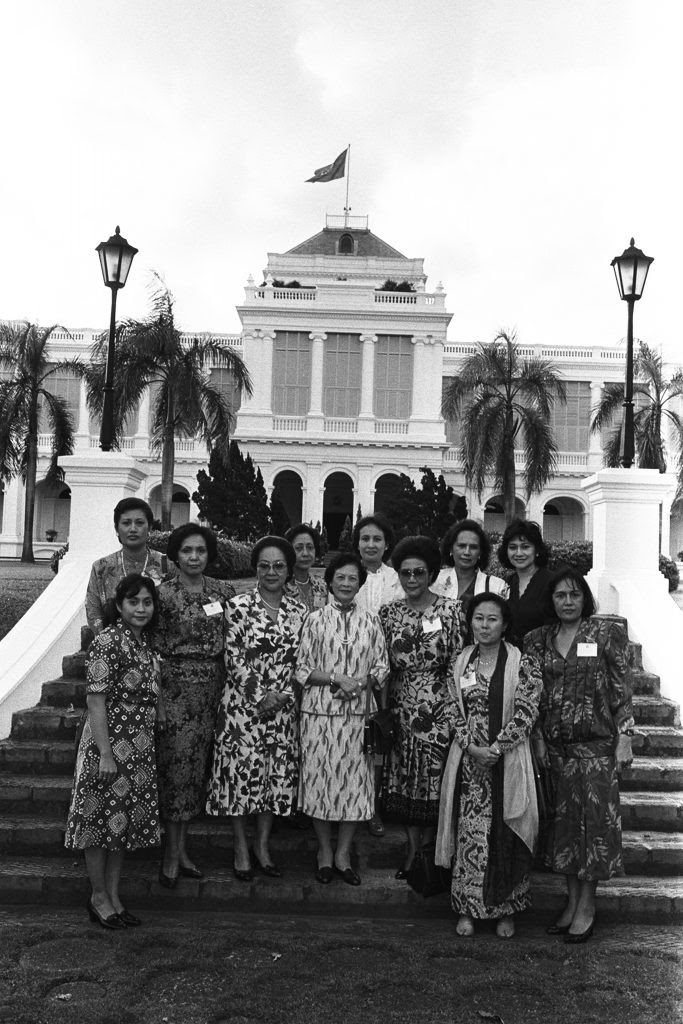Women have been subjected to so many trials and tribulations over the course of history. The Feminist movement has grown over the years, with change makers from the west the likes of Maya Angelou, Ruth Bader Ginsburg, Angela Davis and more. From being given the right to vote, going out to get jobs, to getting the first seat in parliament, the movement has revolutionised and changed civilisations and societies all over the world.
According to the World Bank collection of development indicators, women make up 41.7% of the labour workforce in Singapore. Despite the high numbers, there have been stories of gender discrimination in the workplace towards women – sexual harrassment, inequality, microaggressions, stereotyping – just to name a few.
Although we are still a long way from ensuring that such social conduct is abolished, there have been efforts made by Trade Unions in Singapore since before our independence. In a recent Facebook post made by labour MP Yeo Wan Ling, she shared that a NTUC Women’s Committee was set up in 1973 to uplift the status of women in the workforce and increase women’s participation in the Labour Movement.
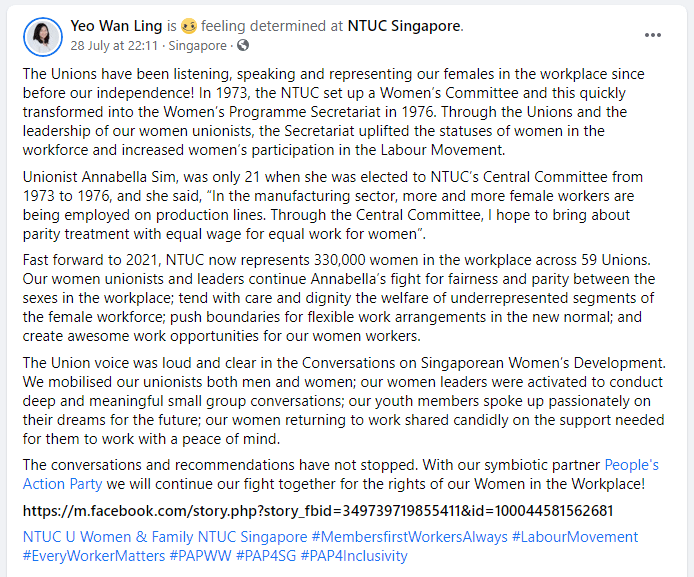
In the spirit of solidarity, we’ve put together a list (in no particular order) of some of the greatest women in history that Singapore has ever known.
1. Che Zahara binte Noor Mohamed
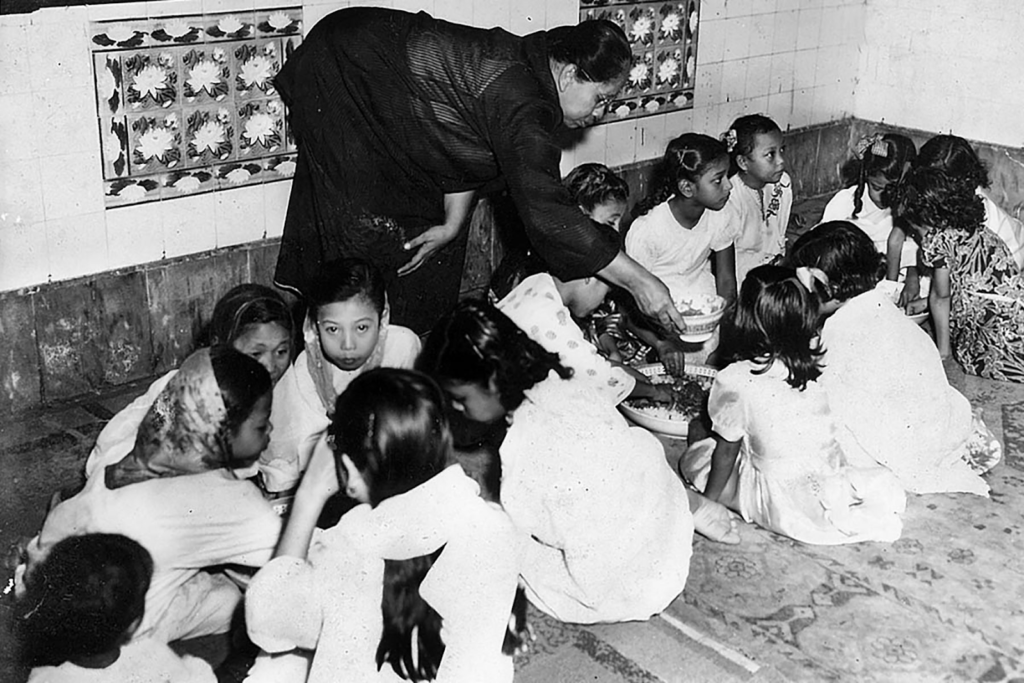
Source: Muslim.sg
Che Zahara binte Noor Mohamed (1907–1962) was one of the pioneering champions of the rights of women and children, and founded Singapore’s first Muslim women’s welfare organisation, the Malay Women’s Welfare Association (MWWA), in 1947. Under her leadership, Che Zahara represented Singapore at the World Congress of Mothers in Switzerland. She also worked with the Singapore Council of Women to help establish the Women’s Charter of Singapore, enacted by Parliament in 1961.
She spent her life looking after the poor and needy, and improving their prospects. In an era where women’s rights in Singapore were severely lacking, Che Zahara organised stage plays to discourage marriages between teenage girls and older men.
Born into a prominent family, Che Zahara also used her privilege and the resources she had at hand to help women and children in need. After World War 2, she housed almost 300 homeless women and orphans regardless of race and religion in her home at Desker road.
2. Elizabeth Choy
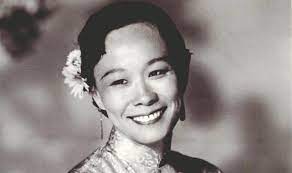
Source: Salt & Light
If you haven’t heard of Elizabeth Choy (29 November 1910 – 14 September 2006), you need to reopen your history books. Elizabeth Choy is best known as a war heroine who risked her life during the Japanese Occupation by smuggling supplies and messages to prisoners of war held at Changi Jail. On top of that, she was also an educator and politician.
Elizabeth Choy was arrested in 1943, accused of being British sympathisers. She was held for 193 days, and her husband was held for much longer. She endured repeated torture – electric shock and being pumped with water – in a small cell crammed with other men. Elizabeth never revealed the names of anyone she assisted.
After the war, Elizabeth was invited by the British Red Cross back to England where she hailed as a war heroine as the only female Singaporean to have been incarcerated for a long time, and was awarded the Order of the British Empire. After returning to Singapore, she became active in the political scene leading up to Singapore’s independence. She was the first and only woman member of the Legislative council. After leaving politics in 1955, she expanded the Singapore Volunteer Corps and founded Singapore School for the Blind, as its first principal.
3. Checha Davies
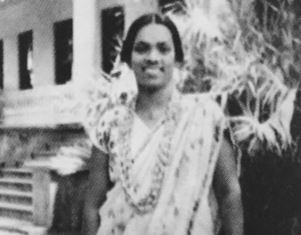
Checha Davies (1898–1979) was an Indian-born Singaporean social worker and women’s rights activist. In her younger days, Davies was an educator and was active in church work and social service organisations, serving as president of the Young Women’s Christian Association (YWCA) for two stints. Her dedication to the YWCA was so great that she sold her house in Johor to raise extra funds that were needed to complete a six-storey hostel on Fort Canning Road for low-income women and those travelling with young children.
Davies was also instrumental in the committee which drafted the rules for the Singapore Council of Women and served on its executive committee. The council fought for women’s economic, educational and social rights. These advocacy efforts led to the passing of the Women’s charter in 1961, granting legal protection for women.
Davies received the Public Service Star in 1970.
4. Daisy Devan
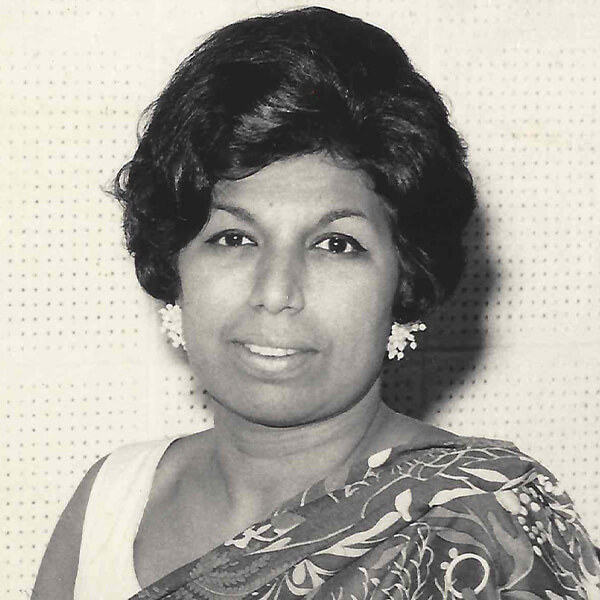
Daisy E. Devan (1928-2009) was a Singaporean businesswoman, called “Singapore’s Mother Music”. During Singapore’s local music golden era in the 50s and 60s, Daisy was at the heart of the industry, becoming the first Sian to take helm of a record label in Southeast Asia.
She discovered and nurtured the most successful group of the time, The Quests. She also helped discovered Sakura Teng and Rita Chao, and helped shape the careers of Anita Sarawak, Tracy Huang, Sharifah Aini and many others.
Daisy was only one of the founders of the Business and Professional Women’s Club, serving as the programme secretary in the club’s pro-term committee. Then, women were beginning to rise from the ranks of clerical and secretarial jobs into managerial roles, and Daisy felt that it was important for the women community to get together where they could exchange ideas and help each other.
5. Lee Choo Neo
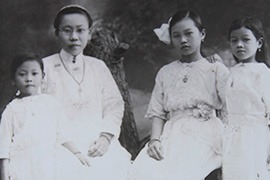
Lee Choo Neo (7 September 1895 – 7 September 1947), was the first female doctor to practice in Singapore. Born to a Straits Chinese businessman Lee Hoon Leong and his second wife Mak Hup Sin. Lee Kuan Yew would later be born to her half-brother Lee Chin Koon, making her the aunt of Singapore’s first Prime Minister.
According to the Singapore Women’s Hall of Fame, in 1925, she was one of three women appointed to a committee investigating the need for laws to govern Chinese marriage and divorce in the Straits Settlements. The Chinese Marriage Committee collated divergent views: men were not keen to register marriages, and thought secondary marriages should be allowed. The women wanted an end to polygamy. The findings of CMC were a prelude to the passing in 1961 of the Women’s Charter that outlawed polygamy.
Doing more, for women
We’re just scraping the surface, and this list is non-exhaustive. There have been so many prominent female figures in Singapore’s history contributing to many causes – business, advocacy for humanity and human rights, arts & culture – each championing their own areas. With the recent announcement on new recommendations in a paper by the People’s Action Party (PAP) on women’s issues, the road ahead is a long one, but we’ll get there together to perfect what can be perfected.
